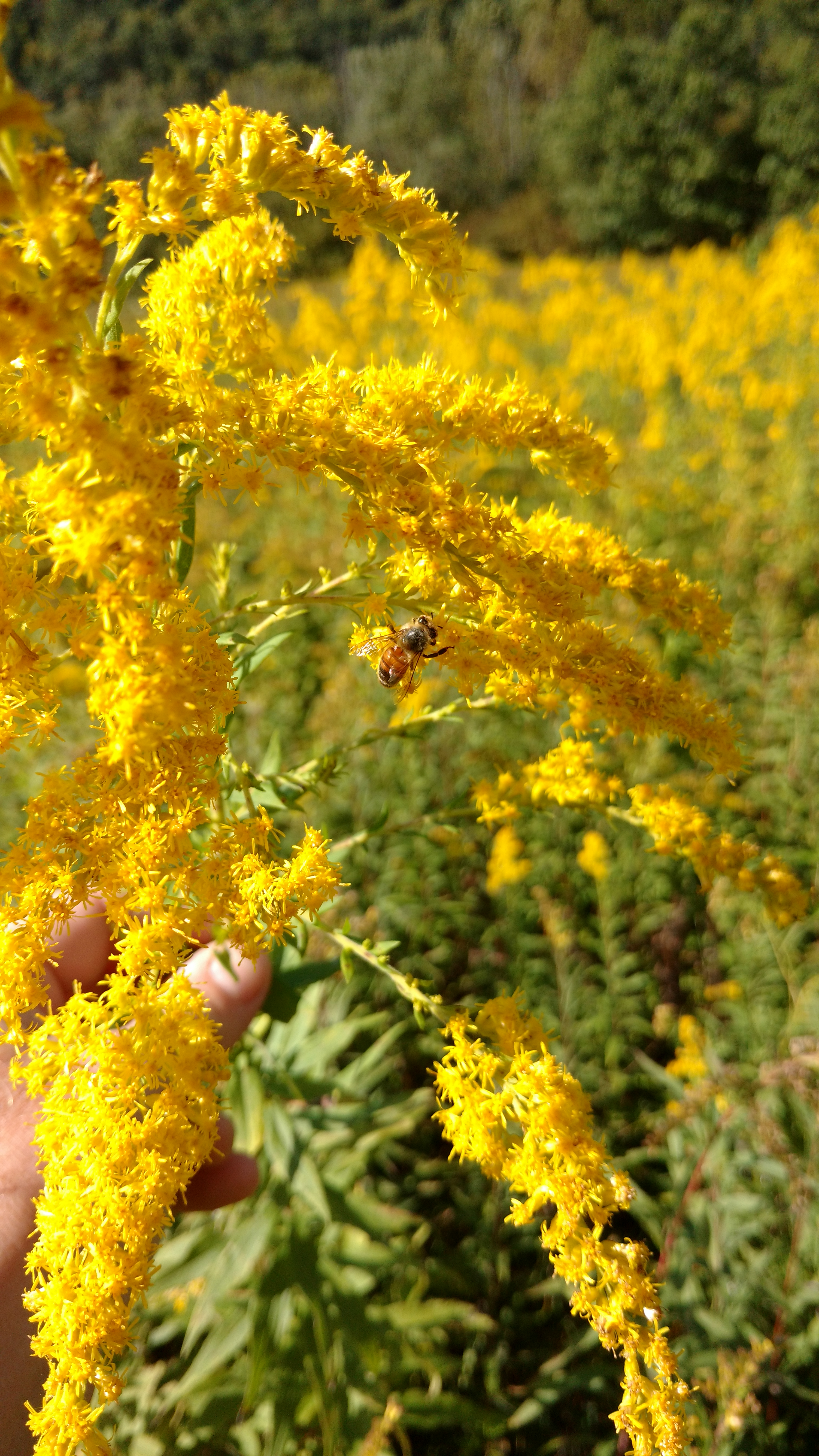
INTERESTED IN BEEKEEPING? START HERE:
Free online lessons for beginner beekeepers: Basic Beekeeping
David Burns has been very gracious and made these lessons available for the world. Please read his first 20 lessons. It will answer many of your beginner questions.
Beginners should find a mentor or join a local bee club. Here’s a list of local bee clubs in PA.
- PA State Beekeepers
- Lycoming County Beekeepers
- Beekeepers of Susquehanna Valley – Serving Columbia, Lycoming, Montour, Northumberland, Snyder, Schuylkill, and Union Counties.
Beekeeping supplies:
We have some used equipment but full supply shops are a better source.
- Draper Super Bee – Millerton, PA – http://www.draperbee.com
- Mann Lake – Wilkes Barre, PA – http://www.mannlakeltd.com
- Dadant – Williamsport, PA – https://www.dadant.com
She CANNOT be ignored
You must deal with this pest or your bees will die. Learn to measure your mite load. A sugar shake/mite roll will tell you the percentage of varroa in your hive. If your percentage is above 1% then state apiarists are recommending treatment. If you let your bees go into fall or winter above 5% your hives will not likely survive winter.
There are many different methods to treat your hives. Amitraz, Oxalic Acid, Formic Acid, etc. Some allow you to keep your honey on your hives and most do not. Know what you are using and read the instructions in full in order to insure your properly treat your hive. Most of these treatments are straightforward and simple… don’t be intimidated.
Note in our area it is important to measure mite count and treat mites in late July or August. The mite count will start to increase significantly after August and the damage to your hive may be too great to survive winter if you treat too late.
Register your bees with the state. PA requires that you register your apiaries. The state inspectors can be very helpful to beginners.
http://www.agriculture.pa.gov/Protect/PlantIndustry/Apiary/Pages/default.aspx
